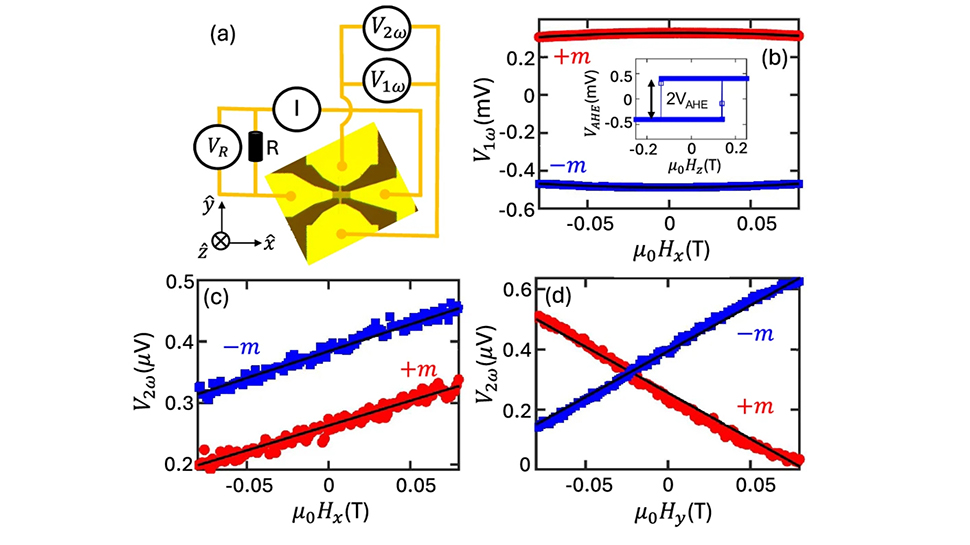We're getting achingly closer to SOT-MRAM; the memory that could one day replace DRAM and NAND, but I can't see it happening soon
Scientists have made another breakthrough, but we're still not quite there

- Scientists in Germany and France have built a smarter, greener memory tech for devices
- This new SOT-MRAM memory slashes energy use by 50% while boosting efficiency
- It ditches rare metals, making storage cheaper, faster, and more sustainable
A research team at Johannes Gutenberg University Mainz (JGU) in Mainz, Germany, has collaborated with Antaios, a French company focused on magnetic memory, to develop an energy-efficient memory technology that could slash power consumption in data storage.
The advancement, based on Spin-Orbit-Torque (SOT) Magnetic Random-Access Memory (MRAM), could potentially offer improved efficiency for a range of smart devices, from smartphones to supercomputers.
This breakthrough comes almost a year after Industrial Technology Research Institute (ITRI) and TSMC announced their own SOT-MRAM array chip, which was describe as like cache, system memory and storage rolled into one.
Orbital Hall Effect
SOT-MRAM is considered a promising alternative to static RAM due to its lower energy consumption and non-volatile nature. Unlike traditional memory, it uses electrical currents to switch magnetic states, allowing for reliable data storage. Reducing the high input current required for writing data while ensuring compatibility with industrial applications has remained a challenge, so the team at JGU developed a magnetic material incorporating ruthenium as the SOT channel, addressing these issues and improving performance.
Dr. Rahul Gupta, a former postdoctoral researcher at JGU’s Institute of Physics and the lead author of the new study said, "This prototype is unique and could revolutionize data storage and processing. It not only aligns with global goals to reduce energy consumption but also paves the way for faster and more efficient storage solutions."
The technology cuts energy consumption by over 50%, boosts efficiency by 30%, reduces input current by 20%, and ensures data retention for over ten years, the team claims.
The research relies on the Orbital Hall Effect, which allows for higher energy efficiency without depending on rare or expensive materials. Traditional SOT-MRAM relies on the Spin Hall Effect, which requires elements with strong spin-orbit coupling, such as platinum and tungsten.
Are you a pro? Subscribe to our newsletter
Sign up to the TechRadar Pro newsletter to get all the top news, opinion, features and guidance your business needs to succeed!
"In contrast, our approach takes advantage of a novel fundamental phenomenon by using orbital currents derived from charge currents through the Orbital Hall Effect, eliminating the dependence on expensive and rare materials," Gupta said.
The study, titled “Harnessing orbital Hall effect in spin-orbit torque MRAM” was published in Nature Communications.
You might also like

Wayne Williams is a freelancer writing news for TechRadar Pro. He has been writing about computers, technology, and the web for 30 years. In that time he wrote for most of the UK’s PC magazines, and launched, edited and published a number of them too.
You must confirm your public display name before commenting
Please logout and then login again, you will then be prompted to enter your display name.